Modern physics has been founded by the development of two fundamental theories in the first half of the 20th century: general relativity and quantum mechanics. Quantum mechanics governs the physics of the small fundamental particles such as electrons; general relativity describes large objects with gravitational interactions such as stars and galaxies. Despite the great success of modern physics in explaining most of our physical observations, there are a number of open, unanswered questions. For example, cosmological observations prove that there must be unknown sources of matter and energy in the universe that we cannot see with our current detectors – the so-called dark matter and dark energy. Dark matter is a form of massive particles that exists but barely interferes with the world that we experience. Another example is the incompatibility of general relativity and quantum mechanics: Scientists have so far been unable to formulate a unifying theory that describes the physics of both electrons and stars.
Fundamental questions of this kind are typically approached by cosmological observations or huge particle accelerator facilities. However, it is also possible to find answers in standard laboratories, where possible effects are tiny and require extremely sensitive devices. Such extreme sensitivities can be reached by so-called quantum sensors – sensors that exploit the fascinating properties of quantum mechanics. For example, today’s best atomic clocks can measure time with 18-digit precision, and one may hope to detect passing clouds of dark matter by tiny frequency changes.
